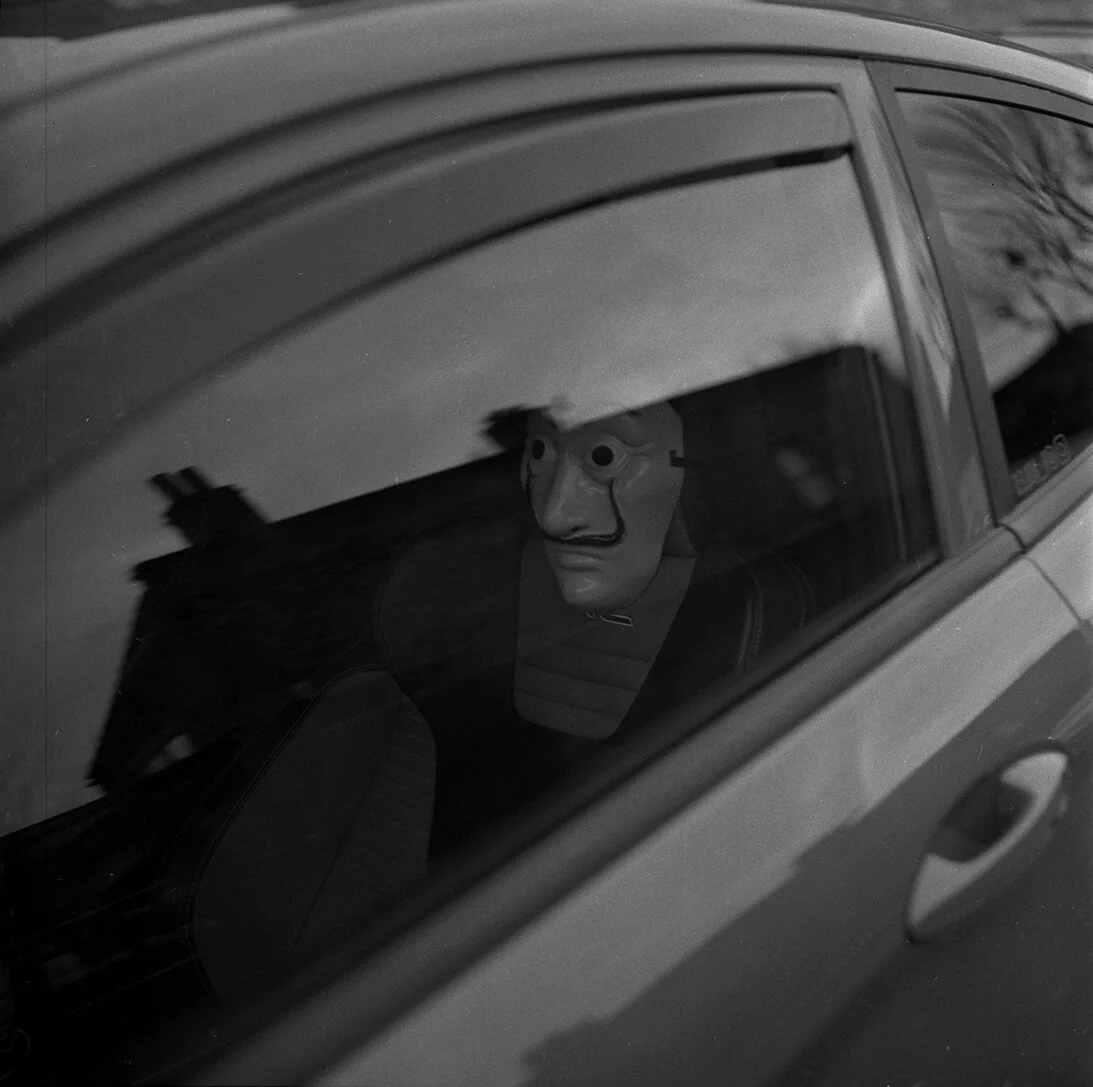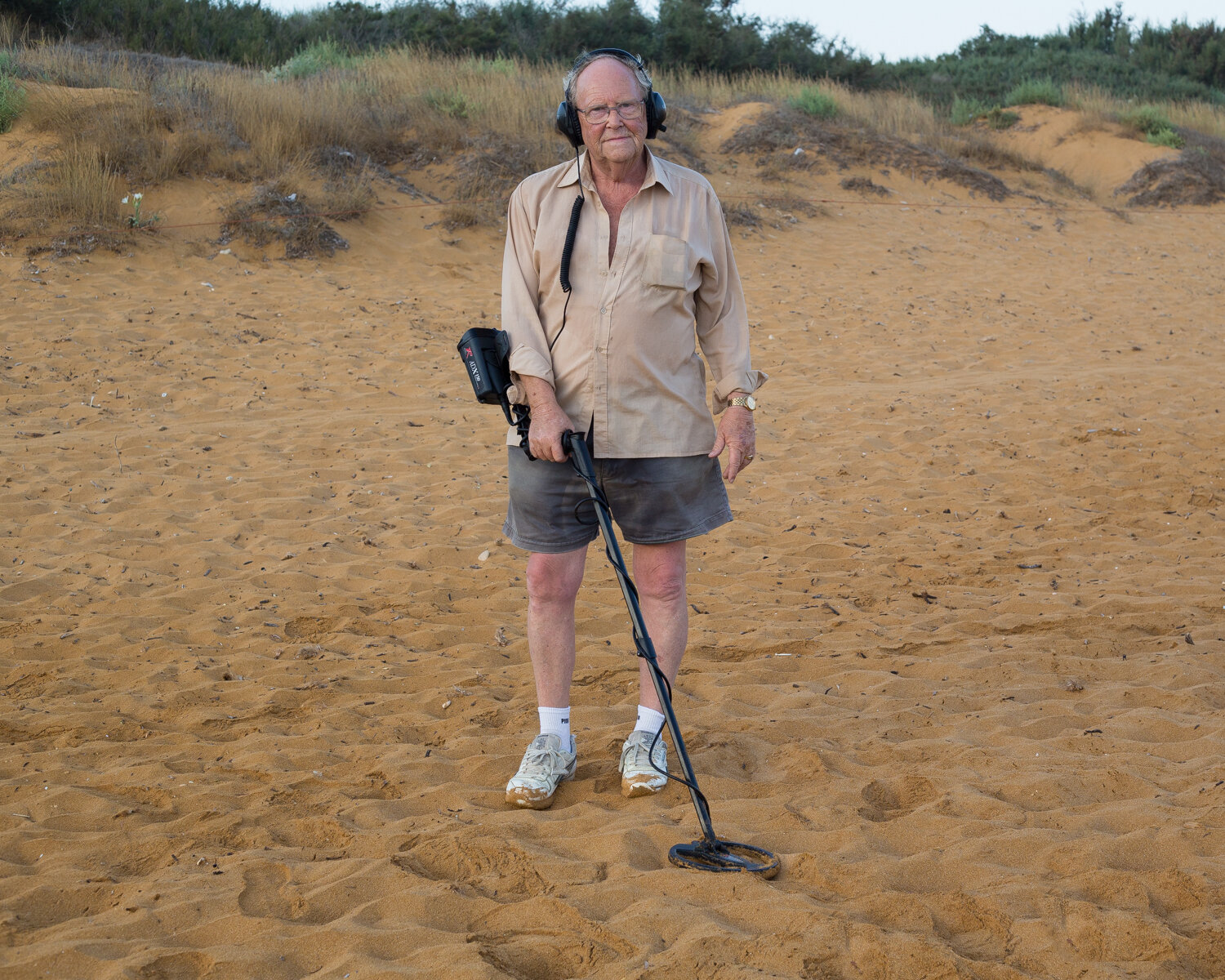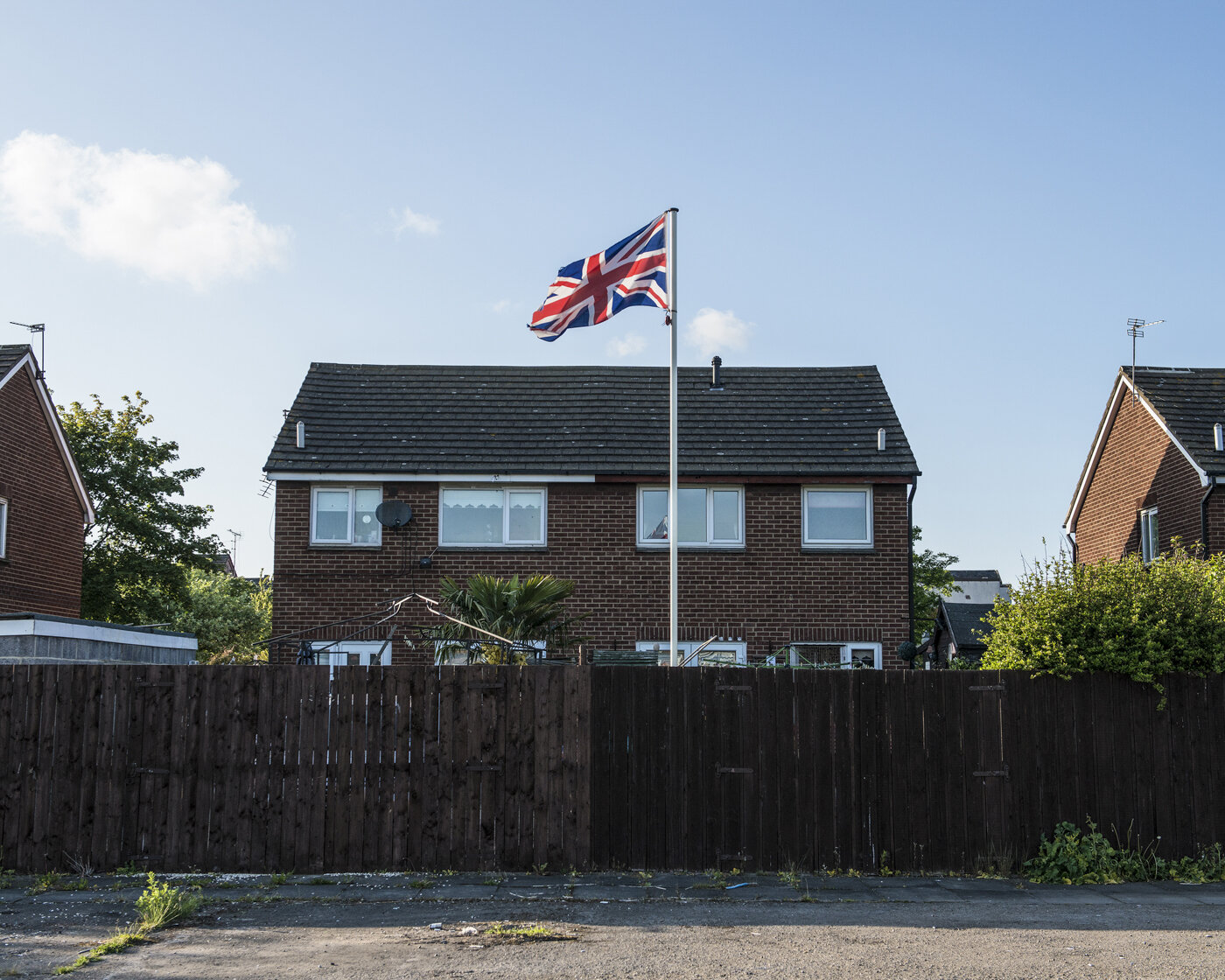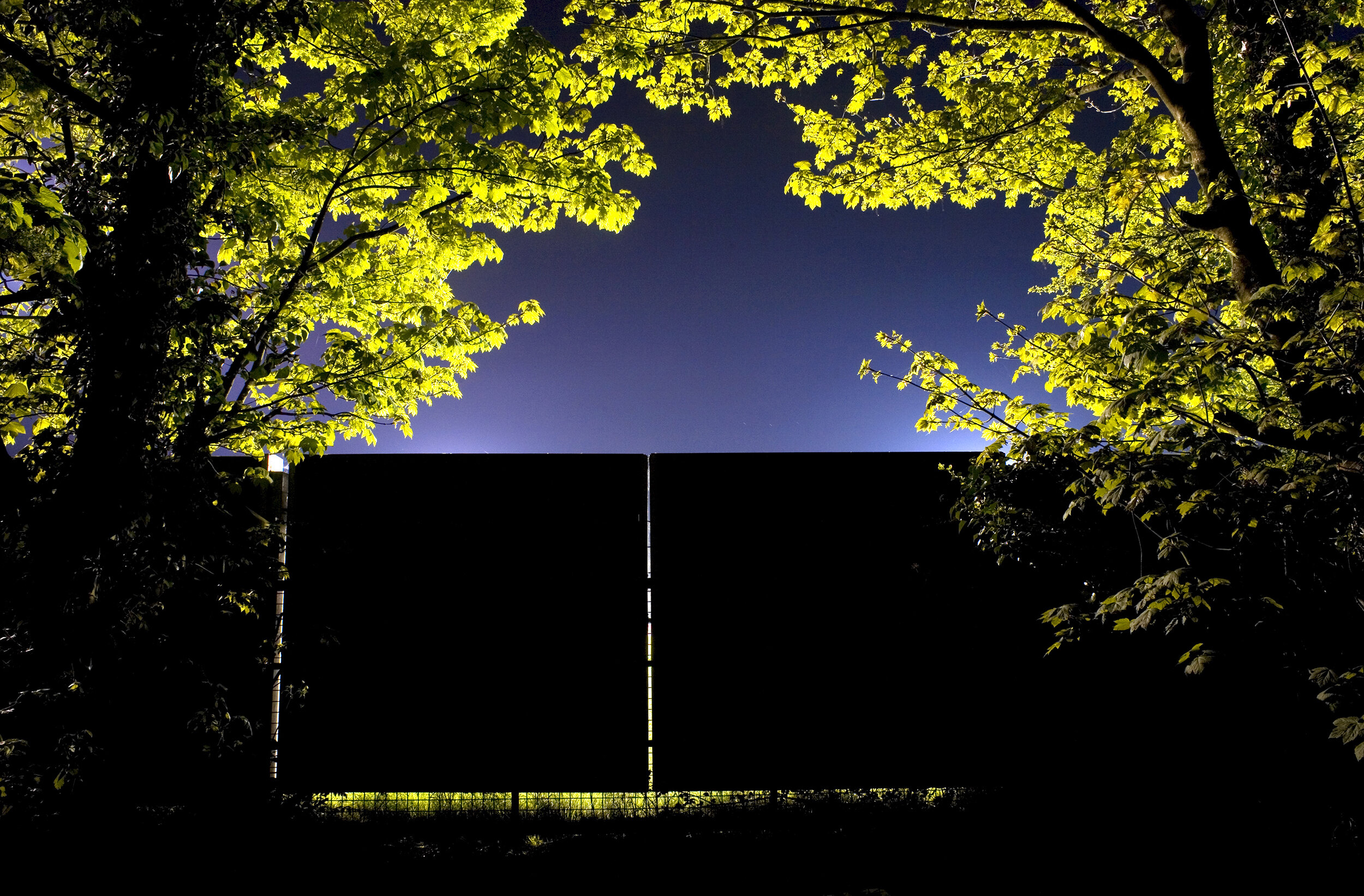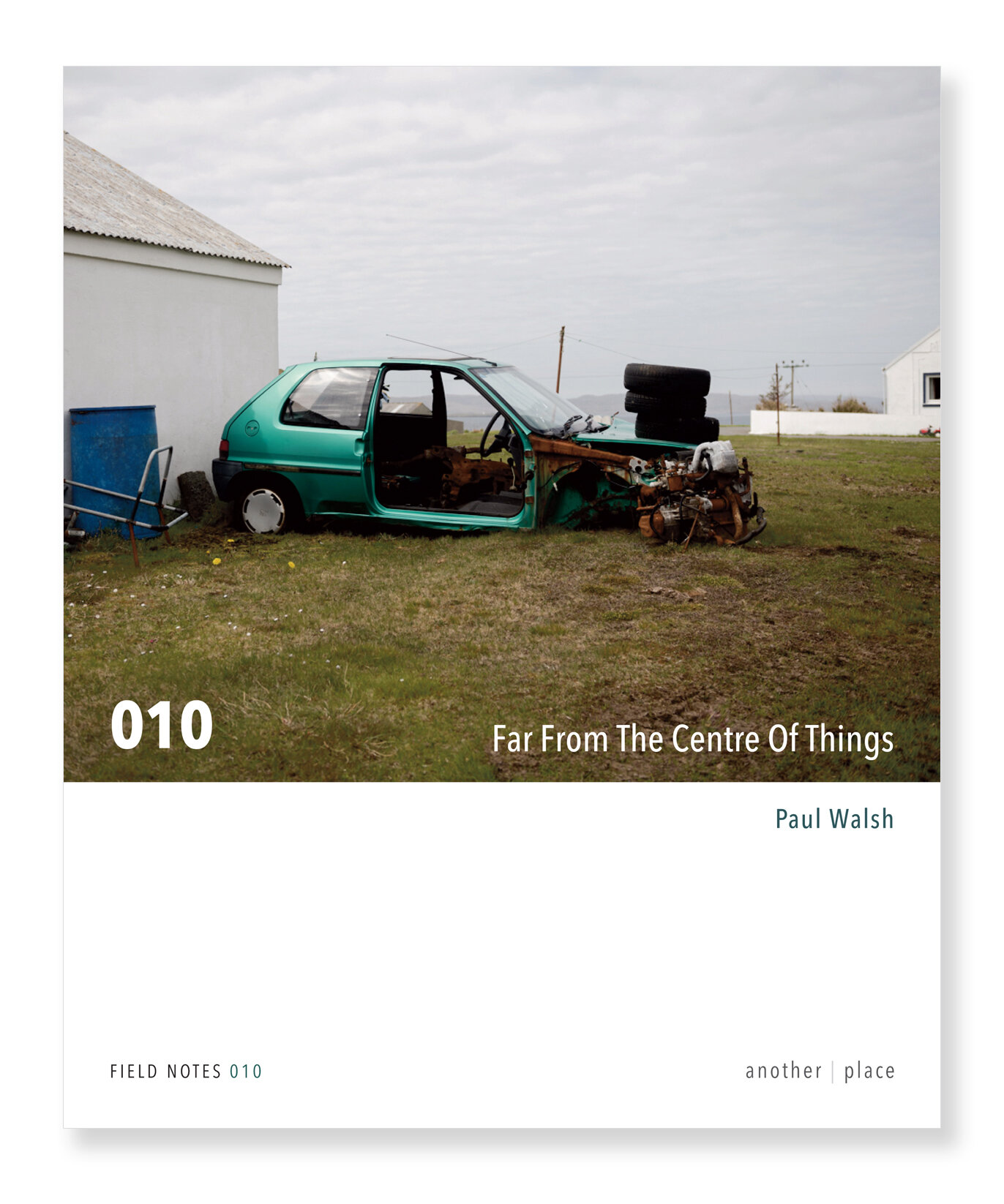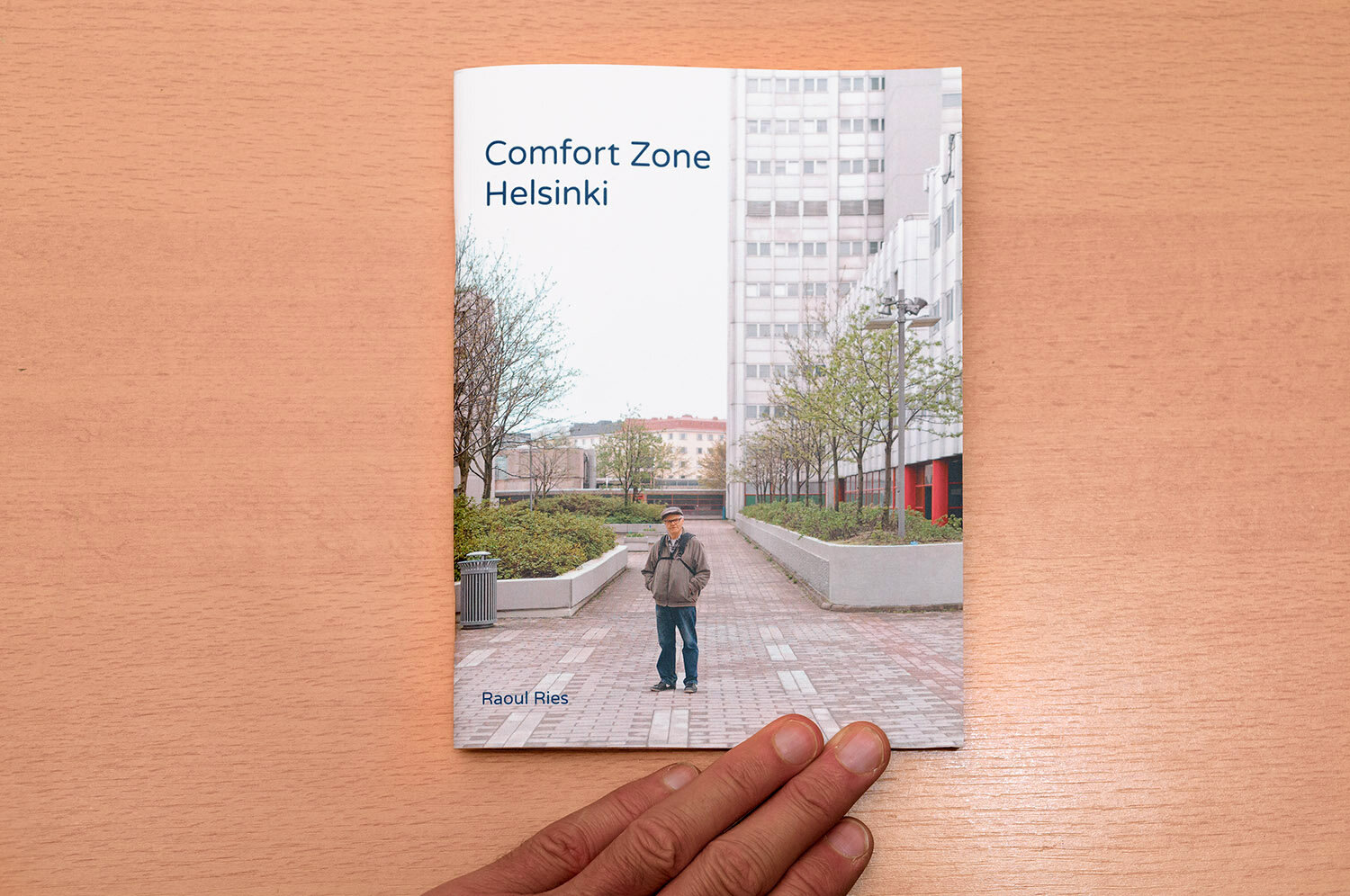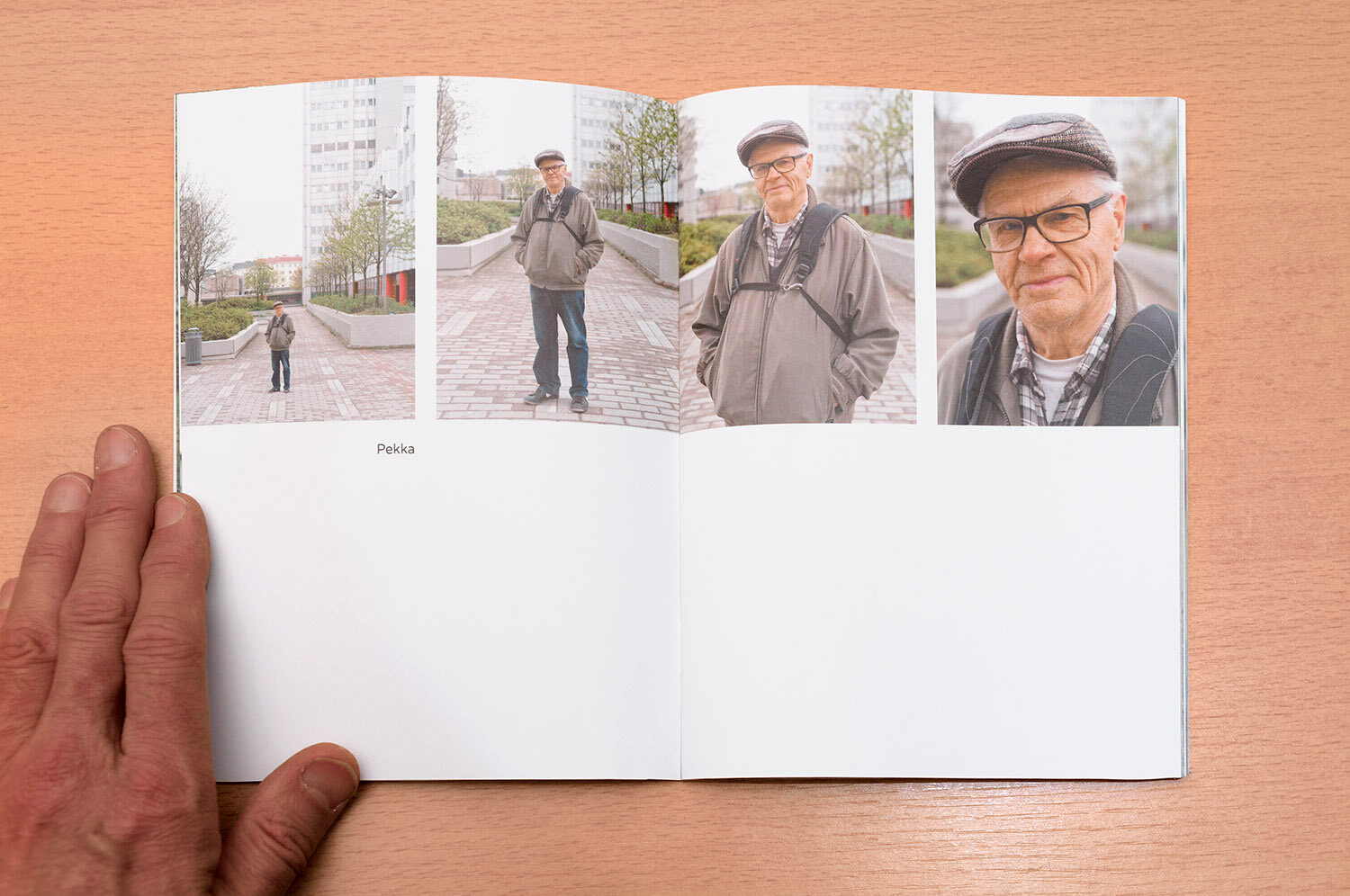My new photo essay looks into walking, photographing and writing as anthropological tools. As I walked the same path over a month period, restricted in space due to the Covid-19 crisis, I forced myself to draw my focus on how I understood limited space. I explored the same 1 Kilometre path countless times, observing my environment and talking to people that I was drawn to. These photographs tell a story of this period in time; facemasks, cordoned off exercise equipment, solemn expressions, and markings on trees. Each photo is contributing to a wider story of confusion and coming to terms with a new normality; those photographed all used the same word in common – ‘unprecedented’. The chosen space is undergoing constant change amongst its urban landscape. It is a thin strip of land that to me, before the lockdown, felt like some form of escape from the city. Throughout the past few months it has become a backdrop to reflect new social norms. Newly arising semiotics within this space reveals this new normality.
White and tall with a big hugging stretch, standing up away from the retirement bench. Taking the light from the lime short figure below, But leaving enough for their branches, that are liked so much, to grow.
The segments of poetry were written co-operatively (along with Freddie Watkins) with the subjects, incorporating parts of my field notes. Accompanying the work is an essay which is an attempt to unpack the role of walking and talking within anthropology. I use notions of psycho-geography and scizocartography as entry points into understanding the importance of these anthropological tools. Psychogeography can be used to explain the ways we interact with our built environment in nuanced forms. Alterations to our surrounding urban environment can mark interventions into our relationship with space.
A game to be played between humans and moles, one side to dig on and the other to score a goal. On one side of the pitch a rising mound of earth, on the other a white football frame bent from crossbar shots. The bird whistle blows and an airplane cheers, no one is there, but we are here.
Surrey Canal Walk was the essential means by which to create narrative; it was a portal into story telling. This walk sits on top of an old canal site, now a place for gathering; it is a route that joins up Peckham to the docks. It has an atmosphere of liminality as it sits between two key areas. It’s a commuter’s route for some, a meeting space for others. It serves people in different ways. For me it feels like an escape from the urban. However, the space underwent visual alterations each time I visited, impacting the way in which myself and others interacted with the environment. In order to reconcile with these changes in a personal and collective sense walking and talking is essential.
The camera tripod stood watch on over the flowers like a mechanical hen, the shutter chattering with a baby blue tit on a branch, the photo couldn’t show you this thankfully writing is it’s own way of seeing, and without it you couldn’t see him standing, hear him say ‘I think it’s a nice way to do a walk
As I walked with my subjects I would ask which aspects of our environment excite them and we would then co-produce images with the camera and tripod. Using ‘mobile methods’ allows the anthropologist to talk to different people in a single place as a shared activity. I chose to use a medium format film camera, and all the photographs are scans of silver gelatine prints. I chose an analogue medium as it offered me the ability to reflect deeply on my chosen subject – it provided me with a heightened sensorial experience as my relationship with the photographs were nurtured and grew in the time I spent with them in the darkroom. This, I believe, is something not offered by a digital medium. I think that the roughness of the accompanying words complemented the imperfections of the silver-gelatine prints I have made.
A clay coloured circle of metal has replaced a window. All of the construction barriers have fallen over and a most of saplings feels inferior to the fence.
My walks were an opportunity to connect and form relationships with my neighbours. Writing was used as a tool of automatic documentation, scribbling down ideas with other participants and forming them into poetics. The result is non-narrative and quotidian, documenting the mundane aspects of a strip of land that I view as a middle ground sandwiched between two dense parts of the city; a place for meeting. I learnt the power of walking as an ethnographic tool as something that offers an opportunity to delve into everyday aspects of others people’s lives. Walking is a powerful ethnographic tool which should not be overlooked in future ethnographies I engage with, something which usually is seen as a means to access other tools.











